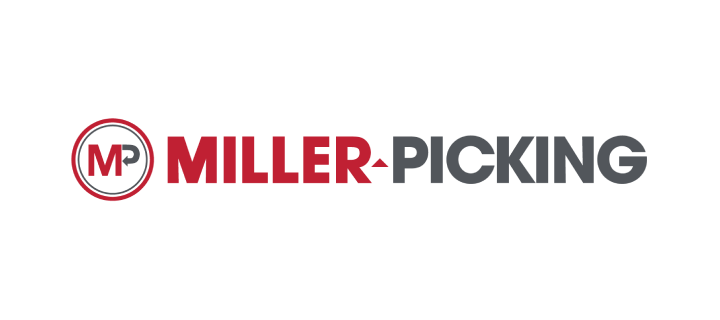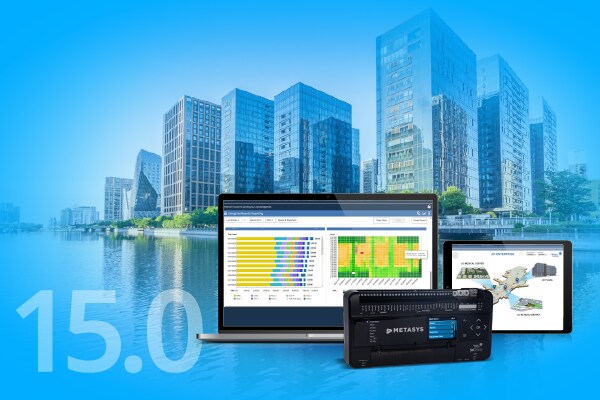- Johnson Controls
- Insights
- Applying Digital Twins to The Built Environment
Applying Digital Twins to The Built Environment

A Digital Twin is a Connected, Virtual Replica of a Physical Product, Asset or System
Digital twins turn the physical world into computable objects. Computable objects provide a consistent way for software to manage and represent entities from the physical world. Digital twins can be used to represent the past and present state of physical objects, to predict the future state of physical objects, and to simulate or test future processes and changes to answer “what-if” questions.
Fill out the form below to download our white paper.
Related Items
Applying Artificial Intelligence to Build Environments Through Machine Learning
Machine learning (ML) is an application of artificial intelligence (AI) that allows systems to automatically learn and improve from exposure to more data without being explicitly programmed.
Transforming Green Buildings Into Smart Ones
Sustainable building design has always been an inherent part of architecture. Throughout history, people incorporated passive design principles to build habitable places in harmony with local conditions. While many buildings now house these sustainable architectural features, many do not and are considered to be a form of postmodern in comparison to their sustainable counterparts.
Transcendental Coalescence in the Age of IoT and Analytics
A smart city transcends an aggregation of smart buildings. The aim of a smart city is to unify all the elements and make them work together towards the betterment of its citizens via transcendental coalescence.
























.jpg?la=en-ZW&h=320&w=720&hash=A40D709EBC2BC33ED5B5438DAE8A3F42)














.jpg?la=en-ZW&h=310&w=720&hash=57A5D8DBDBB70BA989FE342E97FC7B8C)


.jpg?la=en-ZW&h=320&w=719&hash=60BB26AE1EE6030C04BB4E0C1E94B0EC)
.jpg?la=en-ZW&h=306&w=720&hash=85191C5ECD82203B545F5B73E28C65C5)

.png?la=en-ZW&h=320&w=720&hash=7338885F69DE18696FE749CBAEF250C7)




















